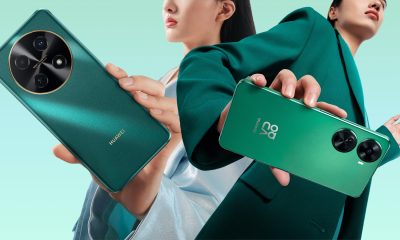News
Huawei resurrects ‘Mate’ with the Mate 50 series in China
Four Mates to choose from

If you can still recall, Huawei launched the last “Mate” in October 2020 — potentially the last of its kind.
But just like the latest rumor of the Mate line being re-launched this September 2022, they have officially announced the comeback of the series with not just one, but four Mate 50 models in China.
Mate 50 + Mate 50E
Let’s start with the two similarly-looking models of the series: The Mate 50 and the Mate 50E.

Image by GadgetMatch
Both phones sport a 6.7-inch Full HD+ OLED flat display with 90Hz refresh rate and 300Hz touch sampling rate. These displays also support 1.07 Billion Colors and DCI-P3 wide color gamut. However, the Mate 50 has Huawei’s in-house Kunlun glass protection and an IP68 water and dust resistance rating that the Mate 50E does not possess.
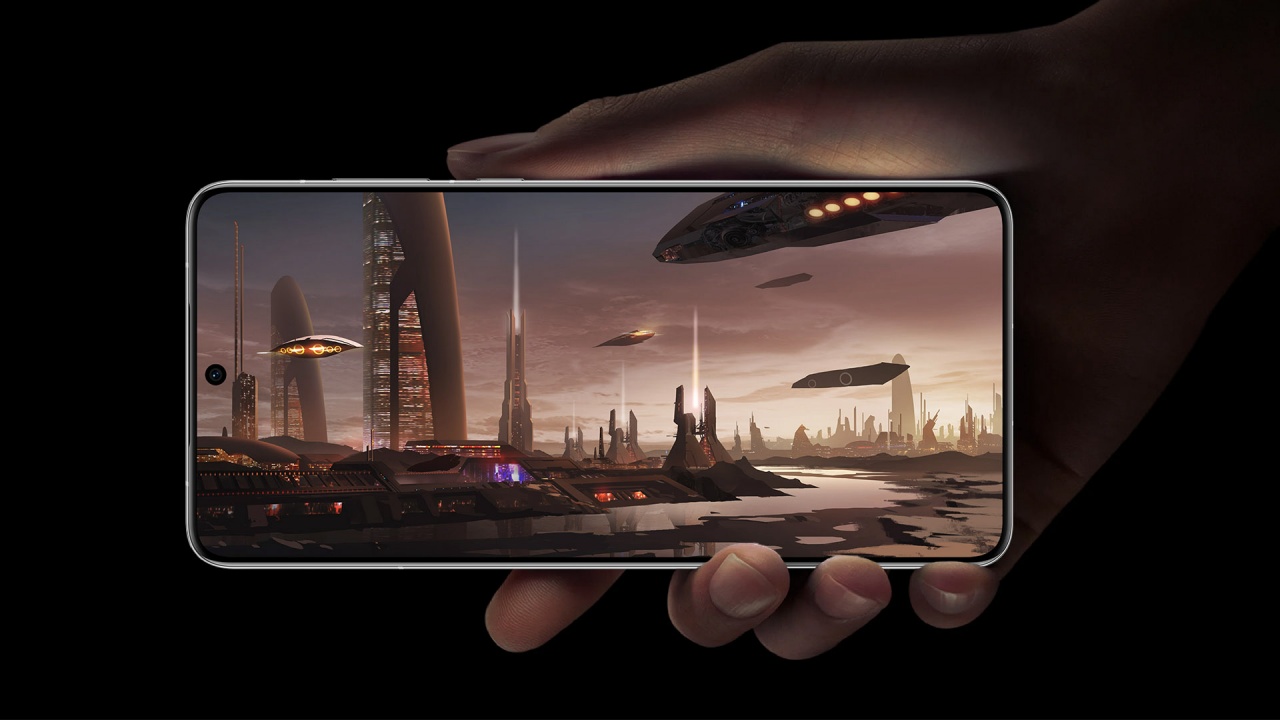
Image by GadgetMatch
Each phone also has what they call a 50MP “Super Optical Camera” with a variable aperture between f/1.4 to f/4.0 plus a 13MP f/2.2 ultra-wide lens. Their 13MP f/2.4 selfie cameras are also similar. The differentiating factor has got to be the Mate 50’s 12MP periscope telephoto lens that supports 5x optical zoom and up to 50x digital zoom.
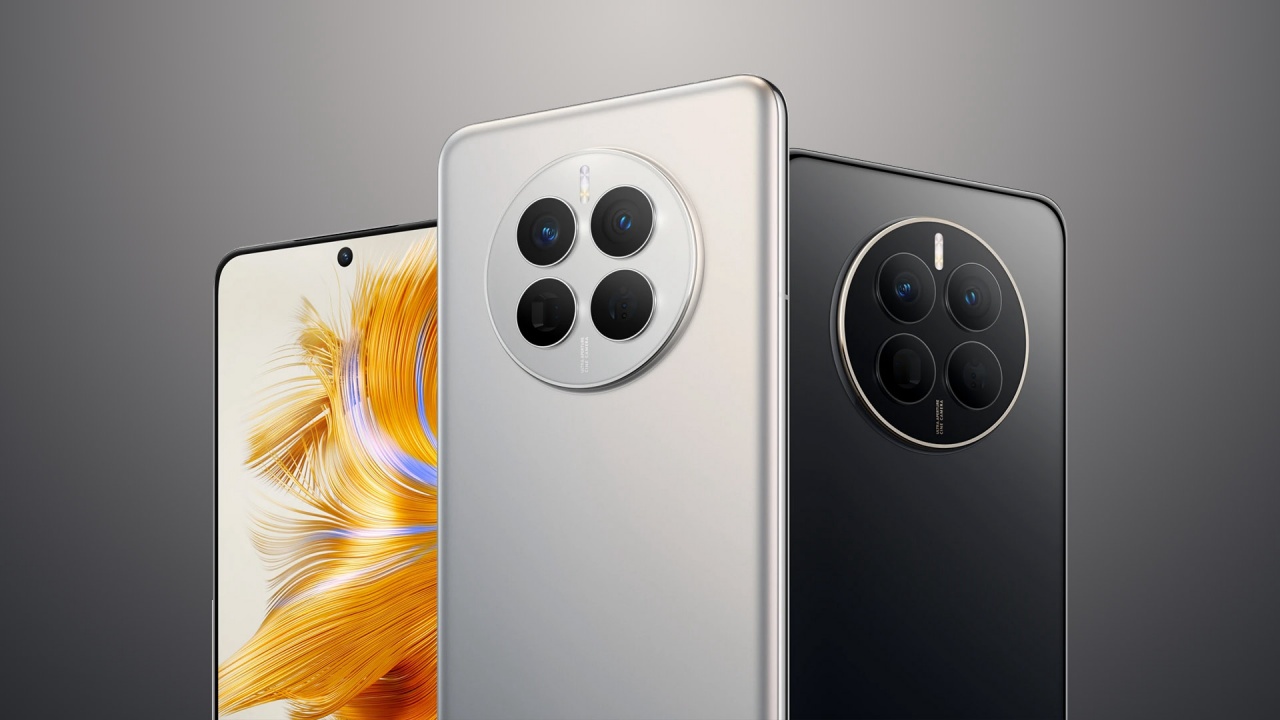
Image by GadgetMatch
Other notable differences are the chipsets used. The Mate 50 is equipped with the latest Snapdragon 8+ Gen 1 chipset. Meanwhile, the Mate 50E has a toned-down Snapdragon 778G chipset just like the Honor 70, Xiaomi 12 Lite, Nothing Phone (1), and the Samsung Galaxy A73 5G. Unfortunately, despite the mentioned chipsets being 5G-capable, both are only limited to 4G connectivity.
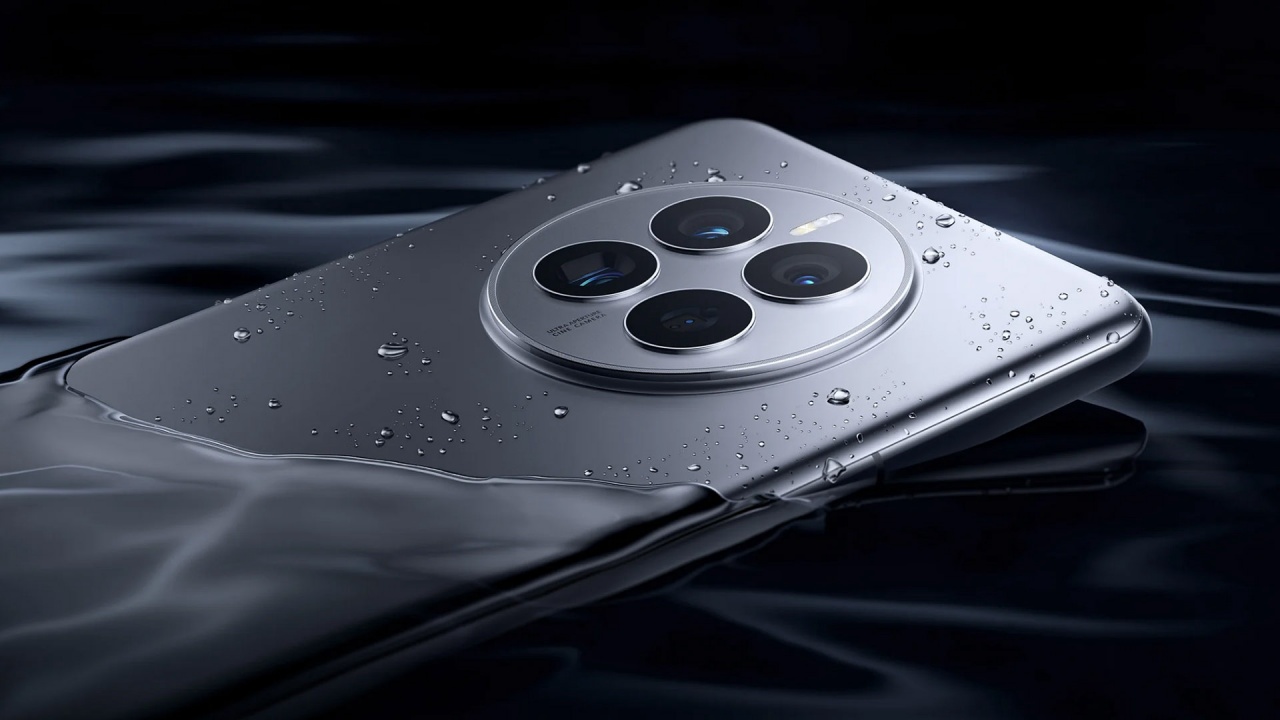
There are other similarities too like the 4460mAh battery, 66W SuperCharge + reverse charging capabilities, and choices between 8GB RAM + 128 or 256GB UFS 3.1 configurations with NM card expansion of up to 256GB. However, the Mate 50 supports 50W Wireless SuperCharge and is available in a bigger 512GB option.
Mate 50 Pro
This 2022, Huawei decided to scrap the “Pro+” model in favor of the lone Mate 50 Pro flagship.

Unlike the two models aforementioned, the Mate 50 Pro features a 6.74-inch OLED curved display with a 120Hz refresh rate that’s totally reminiscent of the Mate 30 Pro from three years ago. Aside from the same 13MP f/2.4 selfie camera, there’s also a 3D depth sensor for more secure biometrics.
Other display specs are similar from the other Mate 50 phones: 300Hz touch sampling rate plus DCI-P3 wide color gamut and 1.07 Billion Color support.
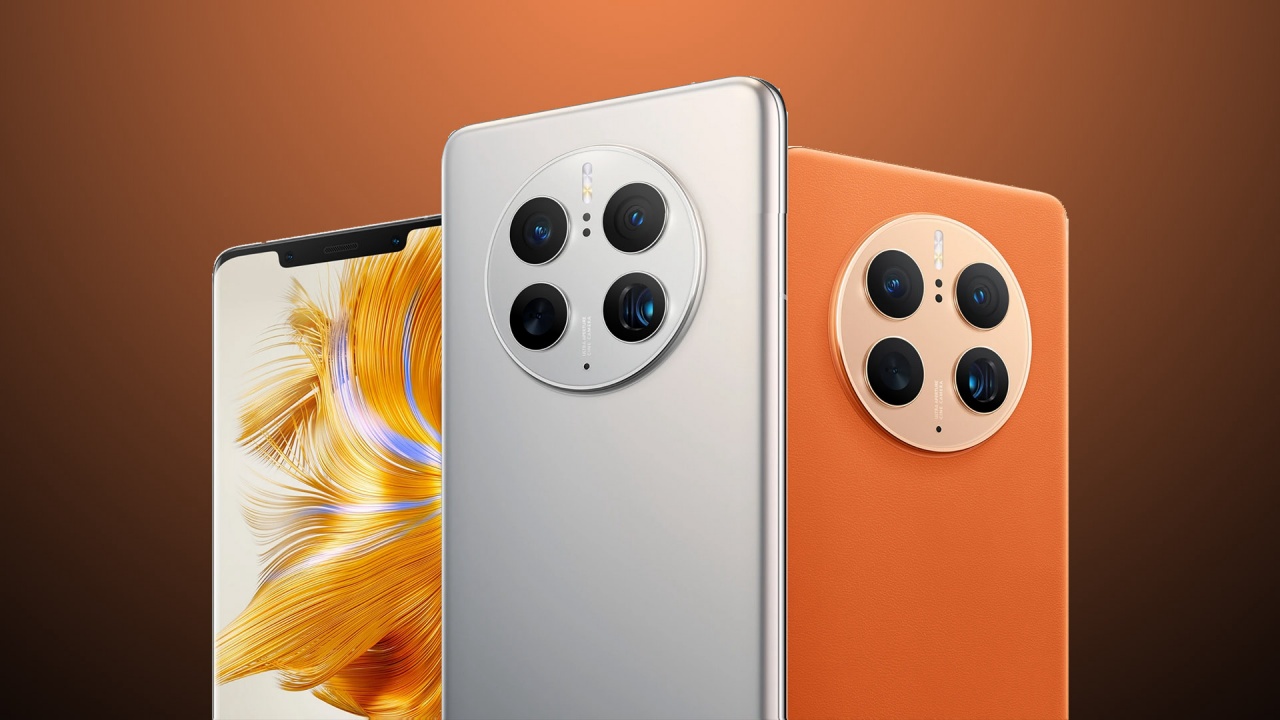
Image by GadgetMatch
Other than that, the cameras are quite similar from the first two Mates: a 50MP Super Optical main camera with an adjustable f/1.4 to f/4.0 aperture plus OIS, paired with a 13MP f/2.2 ultra-wide angle camera. What makes it “Pro” is its 64MP 3.5x periscope telephoto lens with OIS — similar to that of the Huawei P50 Pro that can zoom up to 100x minus the LEICA optics.
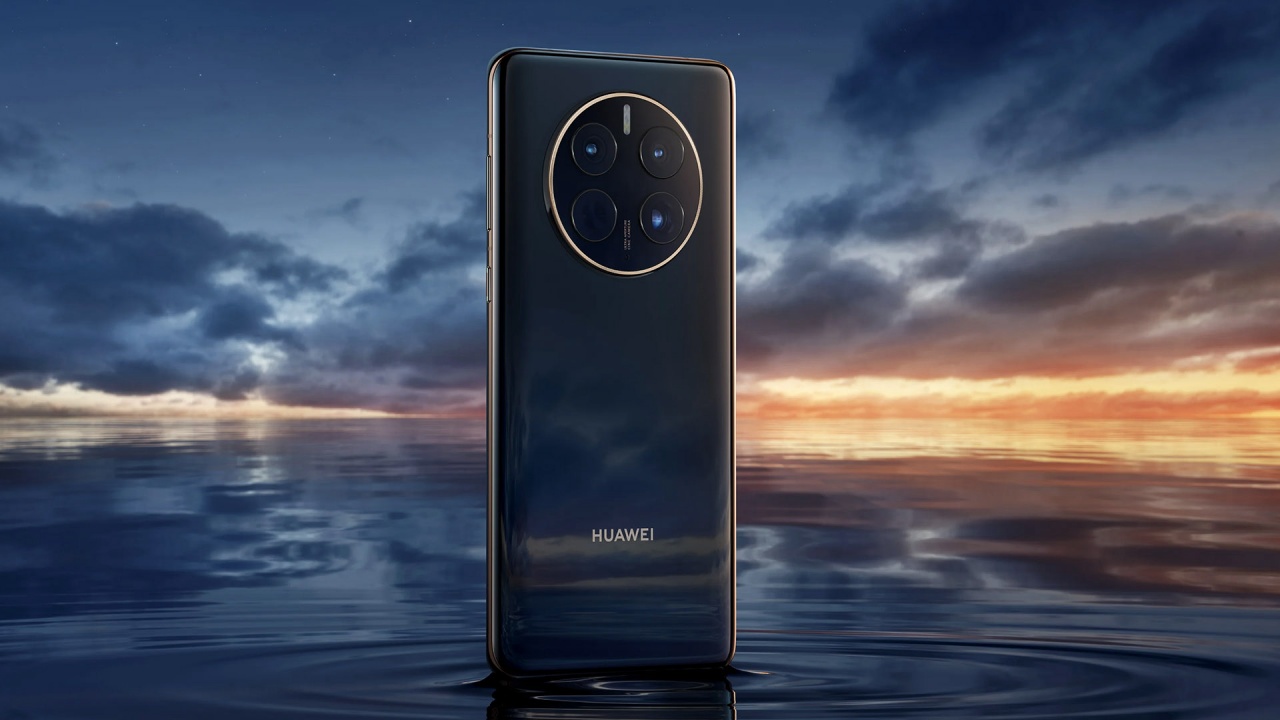
Lastly, it’s also powered by the latest Snapdragon 8+ Gen 1 4G chipset and 8GB of LPDDR5 RAM with either 256GB or 512GB storage options + NM card storage expansion. Battery is quite bigger at 4700mAh with 66W SuperCharge, 50W Wireless SuperCharge, and 5W reverse charging. It’s also IP68-rated and has the Huawei Kunlun glass protection.
Porsche Design Mate 50 RS
Lastly, there’s still a variant highlighting the solid partnership between Huawei and Porsche Design — a collaboration that started four years ago. While it has the most aggressive design in the Mate 50 series, the design is very much like the Porsche Design Mate 40 RS as well as the Honor Magic4 Ultimate. Its back is also made out of ceramic glass.
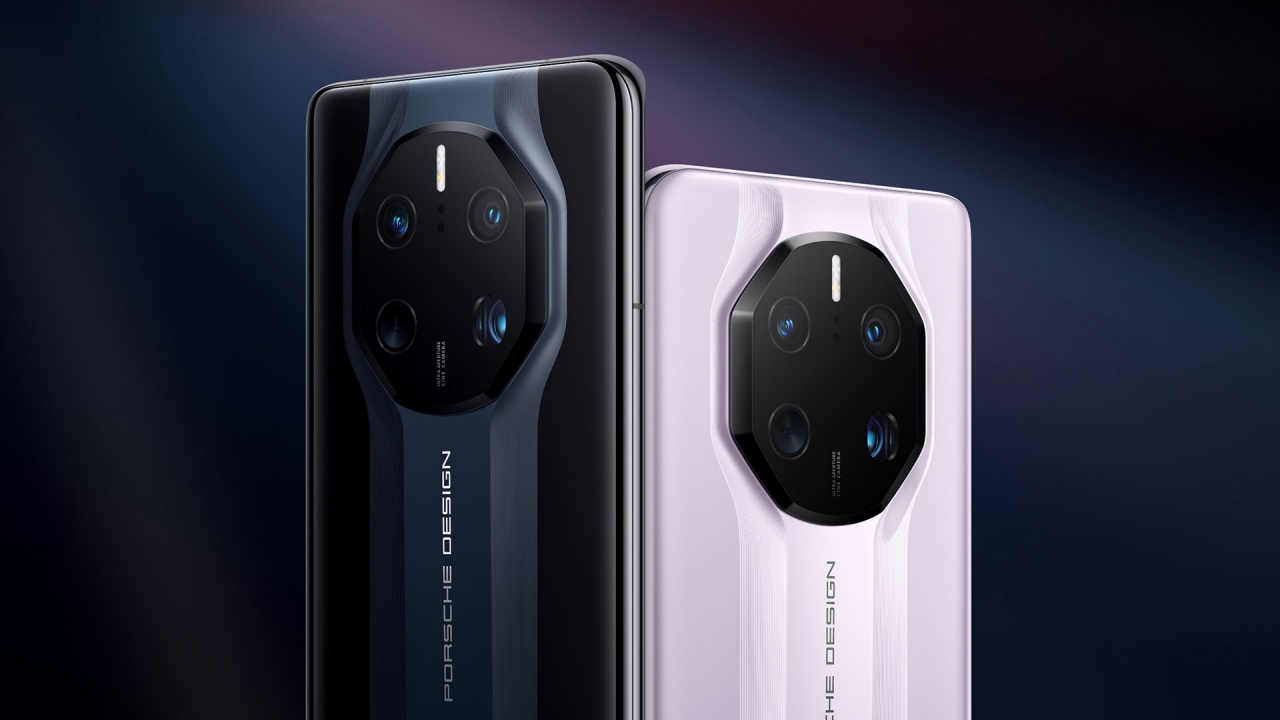
Its hardware specifications are very similar to the Mate 50 Pro: display, cameras, IP rating, battery capacity, charging speeds, and even the non-5G Snapdragon 8+ Gen 1 chipset used. But, the Mate 50 RS has a plentiful 12GB of LPDDR5 memory, plus a different periscope telephoto lens with a smaller megapixel count but a wider aperture — 48MP f/3.0 vs Mate 50 Pro’s 64MP f/3.5. Albeit, it still has the same 3.5x to 100x zoom capabilities.

Image by GadgetMatch
The Mate 50 RS is also limited to a 512GB storage option, still with NM card support. As obvious as it looks, the Huawei Porsche Design Mate 50 RS also has a different set of leather cases and accessories that complement well the aesthetic of the sports car’s fashion-focused subsidiary.
Pricing and Availability
The Huawei Mate 50 series is currently available for pre-orders in China. There’s no word on global availability just yet.

Image by GadgetMatch
There are several color options and pricing configurations* (in Chinese Yuan or Renminbi SRP) for the Mate 50 series:
Mate 50E (Obsidian Black, Frost Silver, Streamer Purple)
- 128GB = CNY 3999 (US$ 559 / EUR 579 / GBP 518 / SG$ 801 / PhP 32,946)
- 256GB = CNY 4499 (US$ 628 / EUR 651 / GBP 582 / SG$ 902 / PhP 37,065)
Mate50 (Obsidian Black, Frost Silver, Streamer Purple, Daybreak Kunlun, Kunlun Xiaguang)
- 128GB = CNY 4999 (US$ 721 / EUR 727 / GBP 628 / SG$ 1013 / PhP 41,055)
- 256GB = CNY 5499 (US$ 793 / EUR 800 / GBP 691 / SG$ 1114 / PhP 45,162)
- 512GB = CNY 6499 (US$ 938 / EUR 1317 / GBP 816 / SG$ 1317 / PhP 53,374)
Mate 50 Pro (Obsidian Black, Frost Silver, Streamer Purple, Daybreak Kunlun, Kunlun Xiaguang)
- 256GB = CNY 6799 (US$ 981 / EUR 989 / GBP 854 / SG$ 1377 / PhP 55,838)
- 512GB = CNY 7799 (US$ 1125 / EUR 1134 / GBP 979 / SG$ 1580 / PhP 64,051)
Porsche Design Mate 50 RS (Dark Blue Porcelain, Carmine Porcelain)
- 512GB = CNY 12999 (US$ 1875 / EUR 1890 / GBP 1632 / SG$ 2634 / PhP 106,757)


The next Apple event is coming! Two weeks ahead of the big launch, the iPad maker has announced an upcoming event dedicated to the tablet.
As always, Apple has added a tagline to tease what’s coming for the brand. This time, it’s “Let loose.”
Now, you won’t get a lot of clues from something so vague. Thankfully, the graphic is much more telling. It features a hand clearly grasping an Apple Pencil. For sure, the event will focus on new iPads.
The special event will start on May 7, 10AM ET. Interested viewers can watch the event live.
There’s no confirmation what models are getting new faces for the event. However, rumors are swirling that we’re getting a new iPad Pro. We can likely expect a new Apple Pencil too, especially since the stylus is a main focus for the invite.
New iPhones are likely out, though. Apple usually holds the event for those later in the year. That leaves the Macs and the Vision Pro in the less-likely-but-still-possible realm.
That said, if you’re looking for new tablets, it’s time to wait a bit.
News
MediaTek eyes video generative AI for mobile, next-gen sat broadband, more
MediaTek sets its eyes on the future
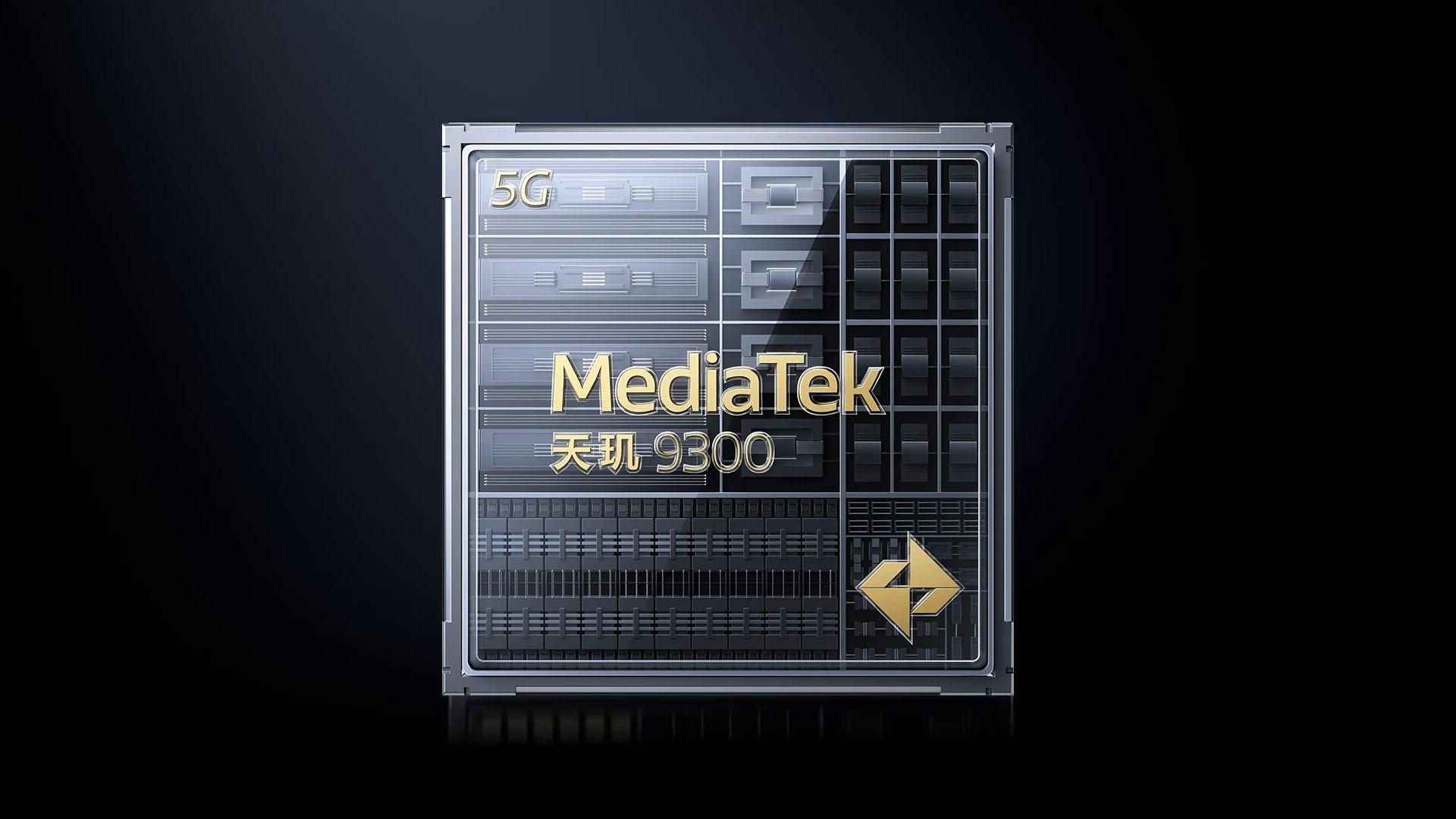
Without question, AI-powered features have been integral for smartphones nowadays. And although it’s still “limited” what users can do with AI on their phones, MediaTek is trying to bring more advanced capabilities to mobile devices. This, as the semiconductor company is eyeing video generative AI for mobile, as part of its goals for the near future.
A few months ago at MWC 2024, MediaTek showcased on-device generative AI video diffusion powered entirely by its Dimensity 9300 processor. This leading smartphone chip incorporates the world’s first hardware-based generative AI Engine with secure, personalized AI. It is capable of bandwidth reduction, LoRA Fusion, and 8X faster generative AI performance, compared to MediaTek’s preceding AI processor.
Sooner rather than later, users can perhaps elevate the short video-editing experience on their smartphones by leveraging video generative AI, something reserved for heavyweight devices and software programs for now.
World’s first 5G-advanced satellite broadband
Aside from video generative AI on mobile devices, MediaTek is working on improving connectivity across various technologies. For instance, the company is working on a 5G-NR-NTN satellite chip that can deliver broadband speeds of up to 100mbps. They are working with Rohde & Schwarz for this innovation. One industry that will surely benefit from this is the automotive industry, with MediaTek utilizing advanced LEO satellite support over the Ku-band.
New platforms for 5G IoT, wearables
Meanwhile, the newly-announced MediaTek T300 platform will make it easy for IoT designers to transition to 5G-NR especially for applications requiring ultra-efficient connectivity and long-lasting battery life. This includes wearables, lightweight AR devices, and always-connected IoT devices. MediaTek likewise demonstrated at MWC 2024 how it can achieve consistent low latency for AR and IoT devices. This was made possible by the company’s new RedCap RFSoC using the Keysight UXM5G Wireless Test Platform.
5G CPE for better performance
Moreover, MediaTek showcased its latest 5G CPE devices powered by the T830 platform. Using three transmission antennae (3TX) applicable across 5G NR band combinations, MediaTek eyes performance enhancements for Wi-Fi routers, promising low latency, low loss, and a significant reduction in network delay.
Auto industry collaborations
Earlier in the year, MediaTek also released AI-driven chipsets specifically for smart cars. This is another aspect the company wants to build on. Using OpenSynergy Hypervisor technology, MediaTek wants advanced safety-first features through a virtualized OS within the vehicle. Additionally, MediaTek and ACCESS Twine4Car are working together to develop richer multiscreen entertainment and interactive services. Of course, the former already has the Dimensity Auto smart cockpit and infotainment platforms working to provide highly capable processing.
These platforms can handle demanding processes. These include multiple operating systems, wireless connectivity feeds, and multiple concurrent video playbacks. It can even support advanced 3D graphics and generative AI for the driver and passengers in the vehicle, elevating the overall smart car experience.
Smart home IoT connectivity
Lastly, MediaTek is envisioning a “home gateway” concept which it calls “Ambient Computing.” This will allow users to manage their network of IoT devices in a better, faster, and more direct manner. This will be done by having the technology solve the indoor-outdoor network barrier through bypassing third-party networks.
In other words, users will be able to control everything from their mobile device, minus third-party services. And because multiple devices are working together, a user may technically use a PC to accelerate tasks on the smartphone — beyond what’s possible on a mobile chip. That extends the phone’s life considerably, too.
News
Xiaomi Redmi A3 Philippine pricing, availability
Budget smartphone with high refresh rate display

Xiaomi is bringing high refresh rate displays to its budget line with the announcement of the Redmi A3. The latest addition to the entry-level Redmi line boasts of an expansive 6.71-inch HD+ display with up to a 90Hz refresh rate.
The Redmi A3 is available in Midnight Black, Star Blue, and Forest Green. The smartphone is priced at PhP 3,399 (3GB+64GB) and PhP 3,999 (4GB+128GB) respectively for its two configurations.
Customers may preorder the phone until April 27 via Lazada, Shopee, and TikTok. General sale begins April 26th in all Xiaomi stores nationwide. Freebies are a Basic Piston Earphone for online purchases and a 3-month Viu Premium subscription for in-store purchases.
The Redmi A3’s immersive screen allows users to consume various content in high-definition with better smoothness, a boost for a phone of its price point. The screen has Corning Gorilla Glass 3 protection as well, and DC dimming to reduce blue light exposure.
The phone also sports a refined design that lets go of the iPhone-looking camera arrangement. Instead, the main camera is now in the middle as part of a watch face-looking setup similar to other Android phone offerings.
Speaking of, an 8MP main shooter highlights the back of the Redmi A3. In front is a 5MP front camera. The phone is powered by a MediaTek Helio G36 processor and runs on an Android 14-based OS. Furthermore, it has a 5,000mAh battery with 10W of USB-C charging.
Other handy Redmi A3 features for users to utilize include a 3.5mm jack, Face Unlock, and Fingerprint Unlock.
-

 Features1 week ago
Features1 week agoFortify your home office or business setup with these devices
-

 Events2 weeks ago
Events2 weeks agoStellar Blade: PlayStation taps cosplayers to play Eve for game’s launch
-

 Gaming2 weeks ago
Gaming2 weeks agoThe Rogue Prince of Persia looks like an ultra-colorful roguelite
-

 Accessories2 weeks ago
Accessories2 weeks agoLogitech unveils G Pro X 60 gaming keyboard: Price, details
-

 Reviews1 week ago
Reviews1 week agorealme 12+ 5G review: One month later
-

 Gaming2 weeks ago
Gaming2 weeks agoLenovo confirms development of a Legion Go 2
-

 Deals2 weeks ago
Deals2 weeks agoTCL P635 TV: Big savings for TCL’s anniversary
-

 Gaming1 week ago
Gaming1 week agoNew PUMA collection lets you wear PlayStation’s iconic symbols



